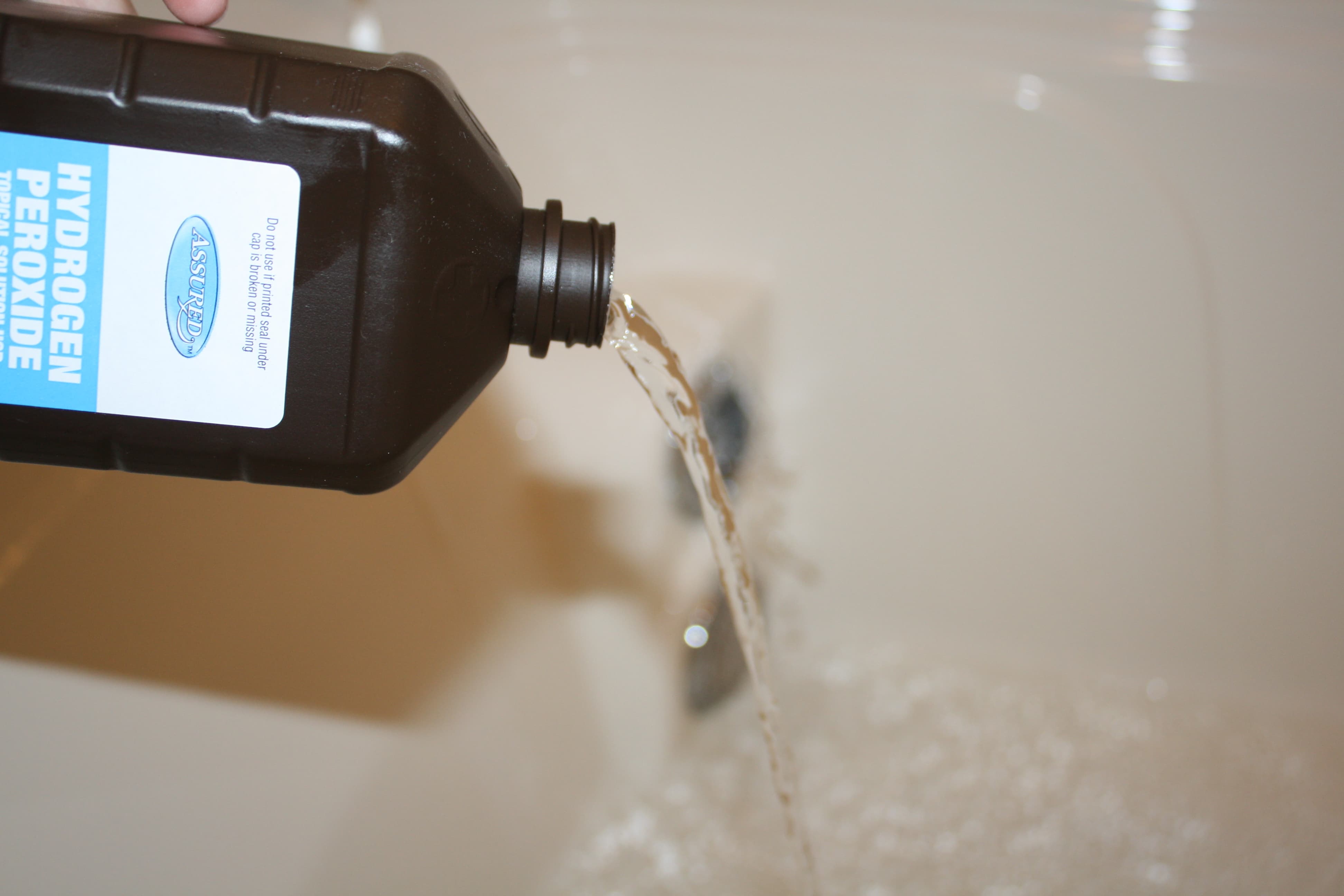

Articles
How To Store Hydrogen Peroxide
Modified: January 14, 2024
Discover the best way to store hydrogen peroxide safely and effectively. Read our informative articles for expert tips and guidelines on proper storage and handling.
(Many of the links in this article redirect to a specific reviewed product. Your purchase of these products through affiliate links helps to generate commission for Storables.com, at no extra cost. Learn more)
Introduction
Hydrogen peroxide is a commonly used household disinfectant and sterilizing agent. It is an essential item found in every medicine cabinet, as its versatile properties make it ideal for wound care, oral hygiene, and cleaning various surfaces.
While hydrogen peroxide is a potent and effective solution, it is crucial to handle and store it properly to ensure its long-term stability and potency. Improper storage can lead to a decrease in effectiveness and even pose risks to health and safety.
In this article, we will explore the best practices for storing hydrogen peroxide to maintain its efficacy and prevent any potential hazards. By following these guidelines, you can keep your hydrogen peroxide solution in optimal condition for all your disinfecting and cleaning needs.
Key Takeaways:
- Proper storage of hydrogen peroxide is crucial for maintaining its effectiveness. Follow safety precautions, choose the right container, and store it in a dark, cool environment to ensure its potency for disinfecting and cleaning needs.
- Keep hydrogen peroxide away from children and pets, store it in a secure, elevated location, and use lockable cabinets to prevent accidental access. Proper storage ensures safety and prevents mishaps.
Read more: How To Store Hydrogen Peroxide At Home
Safety Precautions
When dealing with hydrogen peroxide, it is essential to follow certain safety precautions to minimize the risk of accidents or mishaps. Here are some key safety measures to keep in mind:
- Wear protective gear: When handling hydrogen peroxide, it is advisable to wear gloves, safety goggles, and a lab coat or apron to protect your skin and eyes from potential splashes or spills.
- Ventilation: Ensure that the storage area or room has proper ventilation to prevent the accumulation of hydrogen peroxide vapors, which can be harmful if inhaled.
- Avoid mixing: Never mix hydrogen peroxide with other chemicals, as it can result in hazardous reactions. Always store it separately from other substances.
- Keep away from heat: Hydrogen peroxide should be stored in a cool, dry place away from direct sunlight and heat sources. Elevated temperatures can cause the solution to break down more rapidly.
- Label the container: Clearly label the container to indicate that it contains hydrogen peroxide. This will prevent any accidental misuse or confusion.
- Keep out of reach: Store hydrogen peroxide in a secure location, out of reach of children and pets. Even small amounts can be harmful if ingested.
- Dispose properly: When disposing of hydrogen peroxide, do not pour it down the drain. Follow local regulations for proper disposal methods or contact your local waste management facility.
By following these safety precautions, you can minimize the risk of accidents and ensure the safe handling and storage of hydrogen peroxide.
Choosing the Right Container
When it comes to storing hydrogen peroxide, selecting the appropriate container is crucial to maintain its potency and stability. Here are some factors to consider when choosing the right container:
- Material: Opt for a container made of dark-colored materials such as brown glass or opaque plastic. This helps protect the hydrogen peroxide from light exposure, which can lead to degradation.
- Sealability: Ensure that the container has a tight and secure seal to prevent any leakage. This will also prevent the entry of contaminants that could compromise the quality of the hydrogen peroxide.
- Chemical Compatibility: Select a container that is chemically compatible with hydrogen peroxide. Glass, HDPE (high-density polyethylene), and PET (polyethylene terephthalate) are suitable options.
- Size: Consider the quantity of hydrogen peroxide you typically use. Choose a container size that allows for easy storage and dispensing without excess air space, which can contribute to the breakdown of the solution.
Remember, it is advisable to use a dedicated container for hydrogen peroxide and avoid repurposing containers that previously held different substances.
Additionally, ensure that the container is clearly labeled to avoid any confusion or unintended use. Clearly mark it as “Hydrogen Peroxide” along with any applicable safety information.
By choosing the right container, you can maintain the quality and effectiveness of your hydrogen peroxide solution for an extended period.
Storing Hydrogen Peroxide at Room Temperature
Storing hydrogen peroxide at room temperature is a common practice, especially if you frequently use it for various purposes. Here are some guidelines to follow to ensure the stability and effectiveness of hydrogen peroxide:
- Temperature: Store hydrogen peroxide in a cool area with a consistent room temperature, ideally between 65°F to 75°F (18°C to 24°C). Avoid exposure to extreme temperatures, as heat can accelerate the decomposition process.
- Light Protection: Keep hydrogen peroxide away from direct sunlight or bright artificial lights. Ultraviolet (UV) light can degrade the solution and reduce its effectiveness. Store the container in a dark cabinet or use opaque containers to block out light.
- Air Exposure: Limit the exposure of hydrogen peroxide to air. Always tightly seal the container after each use to minimize air contact and prevent evaporation.
- Container Position: Store the container upright, as laying it on its side can increase the surface area exposed to air and potentially lead to faster deterioration.
- Expiration Date: Take note of the expiration date on the hydrogen peroxide container. Make sure to use or replace it before the indicated date for optimal effectiveness.
It is important to regularly inspect the hydrogen peroxide solution for any discoloration or changes in odor. If you observe any significant changes, it is advisable to dispose of the solution and obtain a fresh bottle.
By following these guidelines, you can ensure the proper storage of hydrogen peroxide at room temperature, maintaining its potency and effectiveness for your everyday needs.
Store hydrogen peroxide in a cool, dark place, away from direct sunlight and heat sources. Keep it tightly sealed in its original container to prevent decomposition.
Storing Hydrogen Peroxide in the Refrigerator
While storing hydrogen peroxide at room temperature is generally suitable, refrigeration can be an alternative option, especially if you want to extend its shelf life. Here are some guidelines for storing hydrogen peroxide in the refrigerator:
- Container Selection: Choose a container made of dark-colored materials like brown glass or opaque plastic. This helps shield the hydrogen peroxide from light exposure, which can lead to degradation.
- Temperature: Set your refrigerator to a temperature between 36°F to 46°F (2°C to 8°C). Avoid storing it in the freezer, as freezing temperatures can cause the solution to expand, potentially leading to container damage.
- Sealability: Ensure that the container has a tight and secure seal to prevent any leakage or cross-contamination with other food items in the refrigerator.
- Separation: Keep hydrogen peroxide containers separate from food items to avoid any accidental ingestion. Consider designating a specific area or shelf in the refrigerator for storing hydrogen peroxide.
- Labeling: Clearly label the container as “Hydrogen Peroxide” to avoid any confusion or accidental use.
It is important to note that hydrogen peroxide stored in the refrigerator may require a slightly longer exposure time for disinfection purposes. This is due to the lower temperature, which can affect its effectiveness. However, for most common household uses, this should not pose a significant issue.
Regularly check the hydrogen peroxide for any changes in color, odor, or clarity. If you notice any significant alterations, it is advisable to discard the solution and replace it.
By following these guidelines, storing hydrogen peroxide in the refrigerator can help prolong its shelf life and ensure its effectiveness when you need it.
Storing Hydrogen Peroxide in a Dark Environment
Protecting hydrogen peroxide from light exposure is essential for maintaining its potency and effectiveness. Storing hydrogen peroxide in a dark environment helps prevent degradation caused by light. Here’s what you need to know:
- Container: Choose a container made of dark-colored materials such as brown glass or opaque plastic. These materials can block out light and provide an ideal storage environment for hydrogen peroxide.
- Storage Location: Find a dark and dry area in your home where you can store the hydrogen peroxide. Consider using a cupboard, a closet, or a drawer away from direct sunlight and bright artificial lights.
- Light Protection: Ensure that hydrogen peroxide containers are securely sealed to minimize light exposure. This will help maintain the potency and stability of the solution over time.
- Avoid Clear or Transparent Containers: Do not store hydrogen peroxide in clear or transparent containers, as they do not provide adequate protection against light. Light can penetrate through these containers and cause the solution to degrade faster.
Regularly inspect the hydrogen peroxide for any signs of discoloration or changes in odor. If you notice any significant alterations, it is recommended to dispose of the solution and obtain a fresh bottle.
Remember to keep hydrogen peroxide stored in a dark environment and away from any potential sources of light. By doing so, you can maximize its shelf life and ensure its effectiveness for disinfection, wound care, and other household purposes.
Storing Hydrogen Peroxide Away from Children and Pets
When it comes to storing hydrogen peroxide, it is crucial to keep it out of the reach of children and pets. While hydrogen peroxide has numerous practical uses, it can also pose certain risks if mishandled or ingested. Here’s what you need to consider:
- Elevated Surfaces: Store hydrogen peroxide solution on elevated surfaces, out of the reach of curious children and pets. Consider using high shelves or cabinets that are secured to prevent accidental access.
- Lockable Cabinets: If you have small children or pets that can easily access storage areas, consider using lockable cabinets or childproof containers to ensure the hydrogen peroxide remains safely stored.
- Secure Bottle Caps: Always ensure that the bottle caps or closures of hydrogen peroxide containers are tightly sealed to prevent spillage or accidental access.
- Proper Labeling: Clearly label the container as “Hydrogen Peroxide” to raise awareness of its contents and potential hazards. This will serve as a visual reminder to keep it out of reach.
- Educate and Supervise: Teach children about the potential dangers of hydrogen peroxide and explain why it is important to keep it away from them. Additionally, closely supervise any usage of hydrogen peroxide in their presence.
- Storage Separation: Ensure that hydrogen peroxide containers are stored separately from food items and other household products to avoid any accidental ingestion or contamination.
In the event of accidental ingestion by a child or pet, contact your local poison control center or veterinarian immediately for guidance.
By taking these precautions and storing hydrogen peroxide away from children and pets, you can help prevent accidental ingestion or mishaps, ensuring the safety of your loved ones and furry friends.
Conclusion
Proper storage of hydrogen peroxide is essential to maintain its potency, effectiveness, and safety. Whether you choose to store it at room temperature, in the refrigerator, or in a dark environment, following a few key guidelines will help ensure its long-term stability for all your disinfecting and cleaning needs.
When storing hydrogen peroxide, it is important to consider safety precautions such as wearing protective gear, proper ventilation, and avoiding mixing it with other chemicals. Choosing the right container made of dark-colored materials and ensuring a secure seal is crucial for preventing degradation and maintaining its potency.
If storing at room temperature, keep hydrogen peroxide in a cool area away from light exposure. Regularly check for discoloration or changes in odor and dispose of any expired or compromised solution. Alternatively, refrigeration can help prolong shelf life, but ensure the temperature is appropriate and separate it from food items.
Storing hydrogen peroxide in a dark environment protects it from light and maintains its potency. Use dark-colored containers, store in a cool and dark area, and tightly seal the container after each use. Always keep hydrogen peroxide away from children and pets, using elevated surfaces, lockable cabinets, or childproof containers.
By following these storage guidelines, you can maintain the quality and effectiveness of hydrogen peroxide, ensuring its safety and efficacy whenever you need it.
Remember to consult local regulations for proper disposal methods, and if accidents or ingestion occur, seek immediate professional assistance.
With proper storage practices, you can confidently utilize hydrogen peroxide for disinfecting, wound care, and other household uses, knowing that it is both effective and safe.
Frequently Asked Questions about How To Store Hydrogen Peroxide
Was this page helpful?
At Storables.com, we guarantee accurate and reliable information. Our content, validated by Expert Board Contributors, is crafted following stringent Editorial Policies. We're committed to providing you with well-researched, expert-backed insights for all your informational needs.
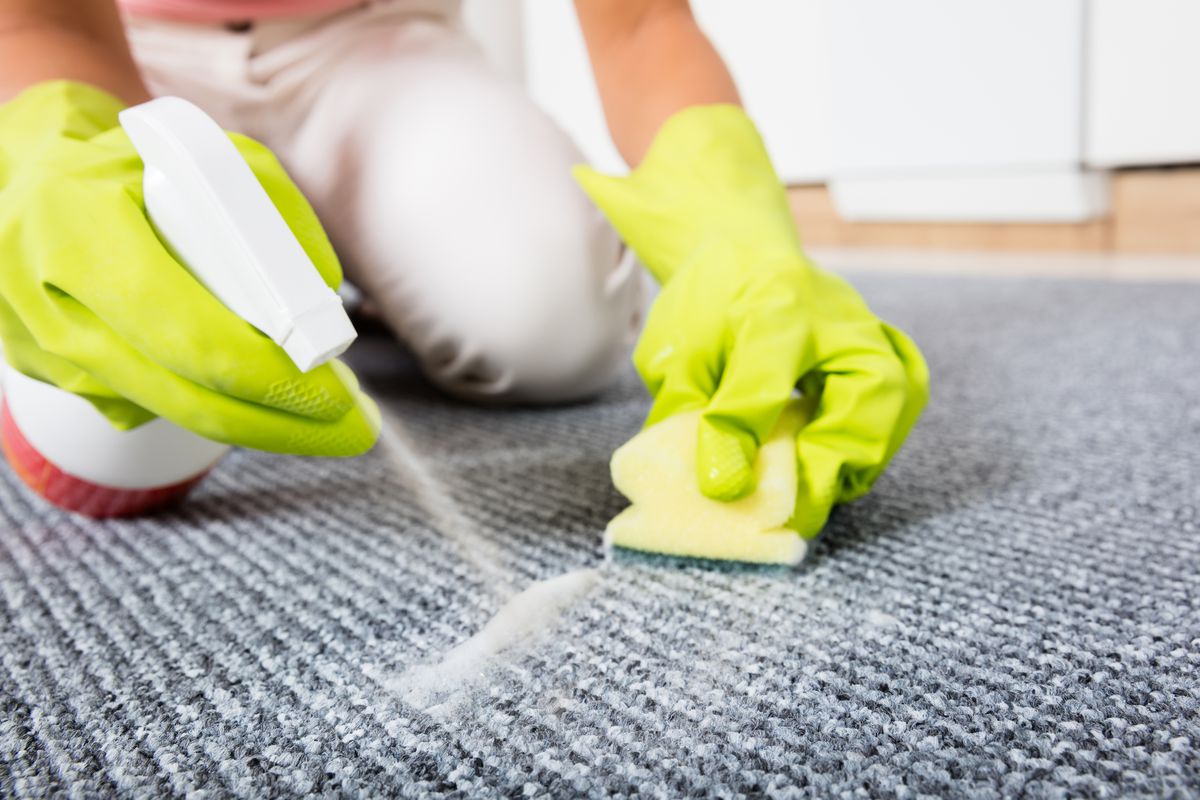
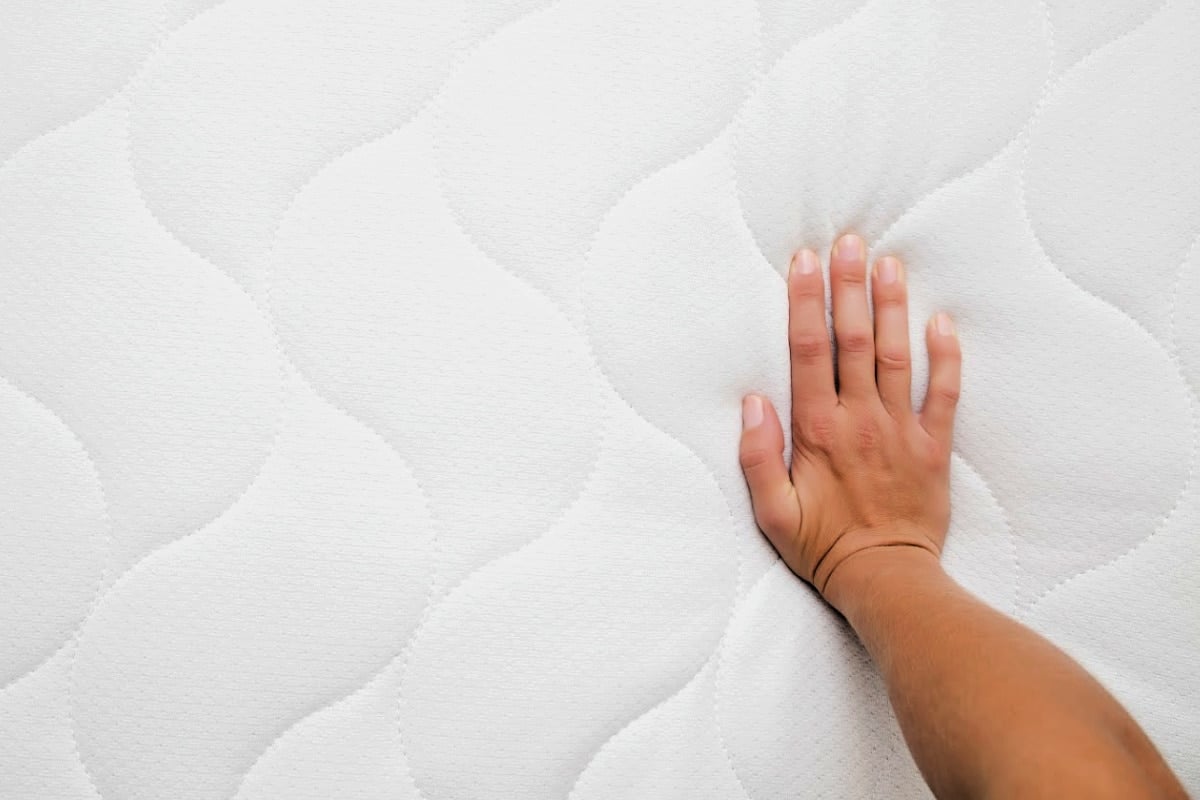
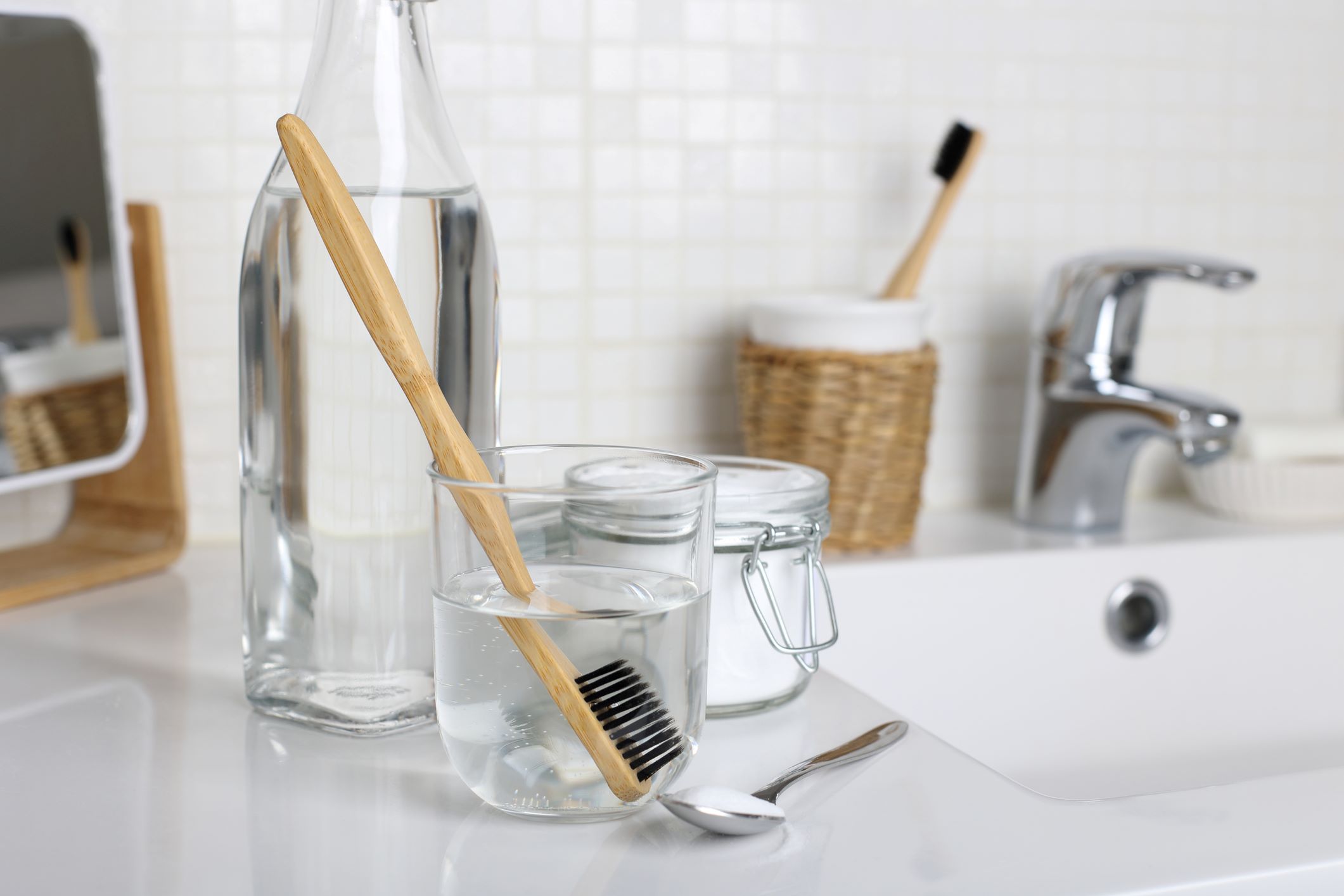
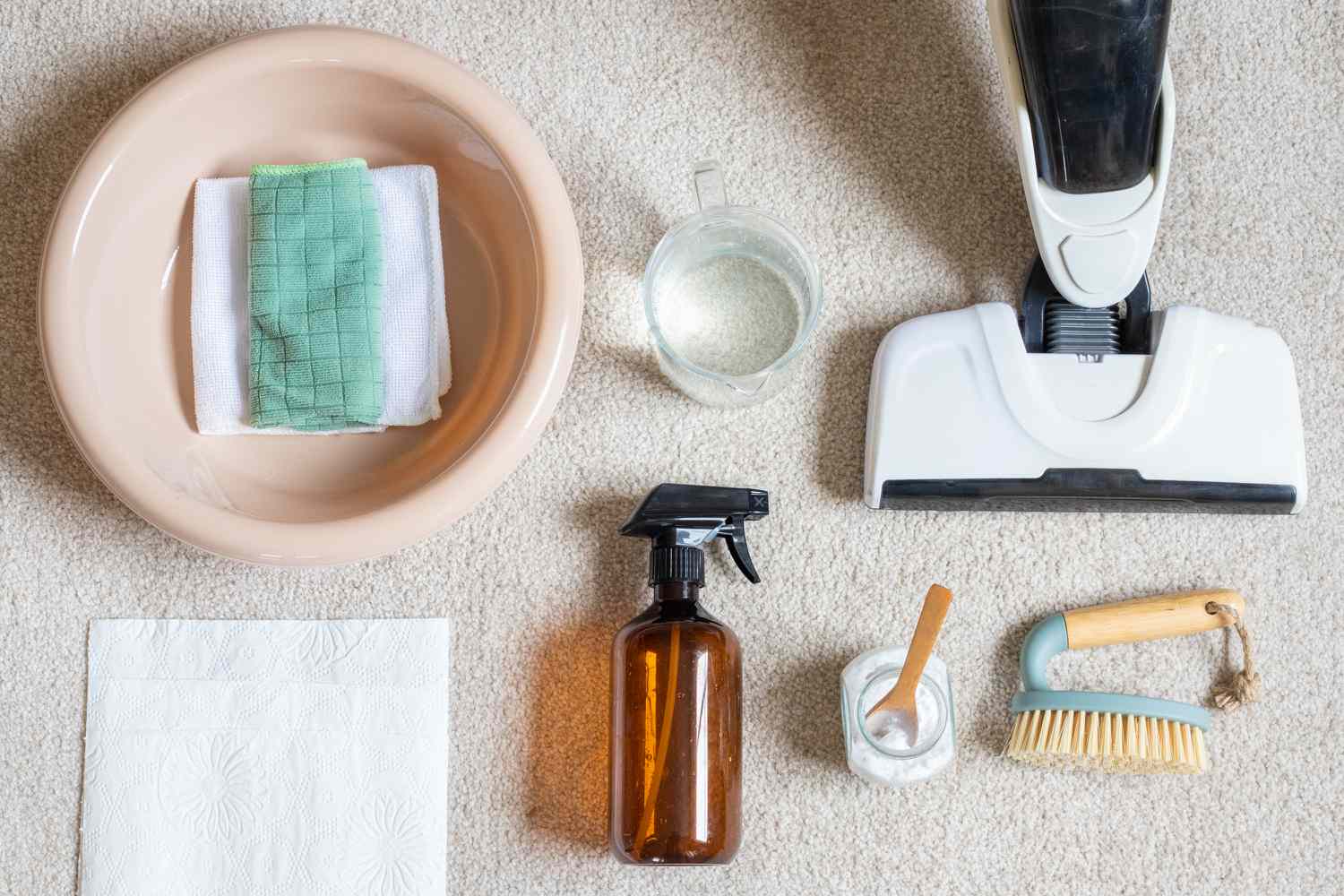






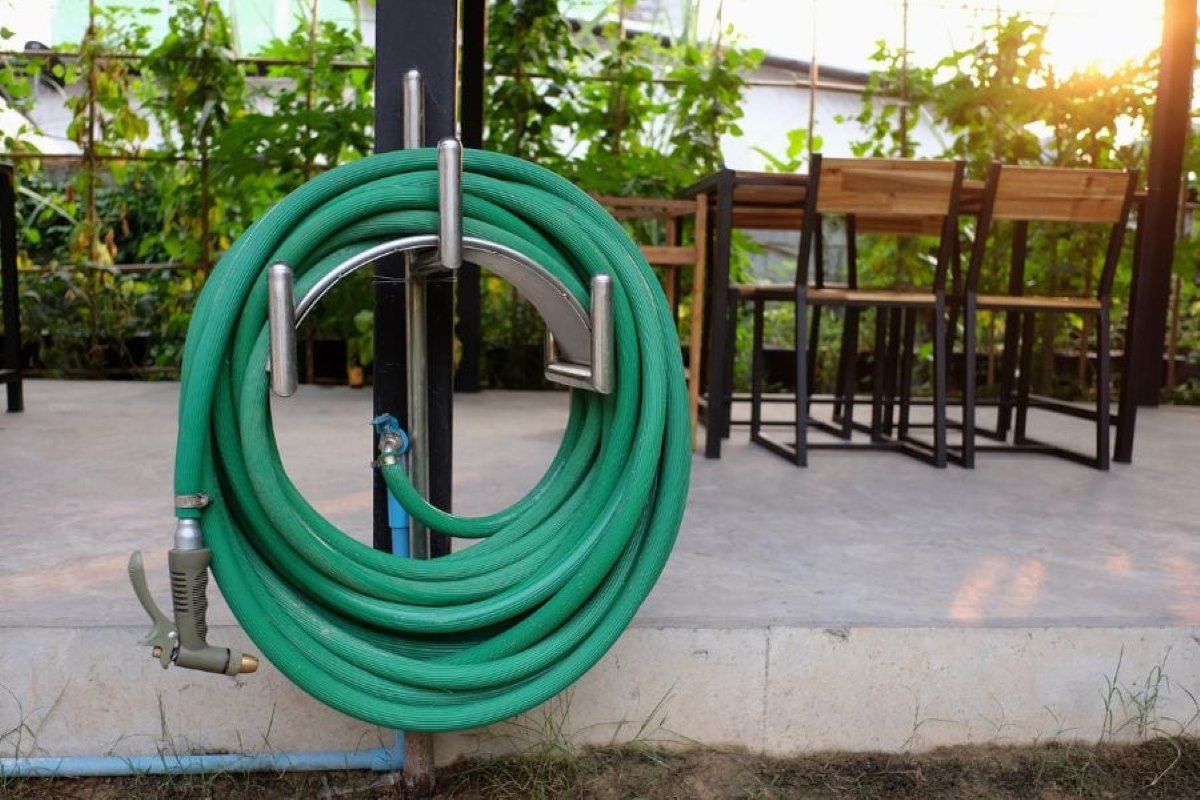

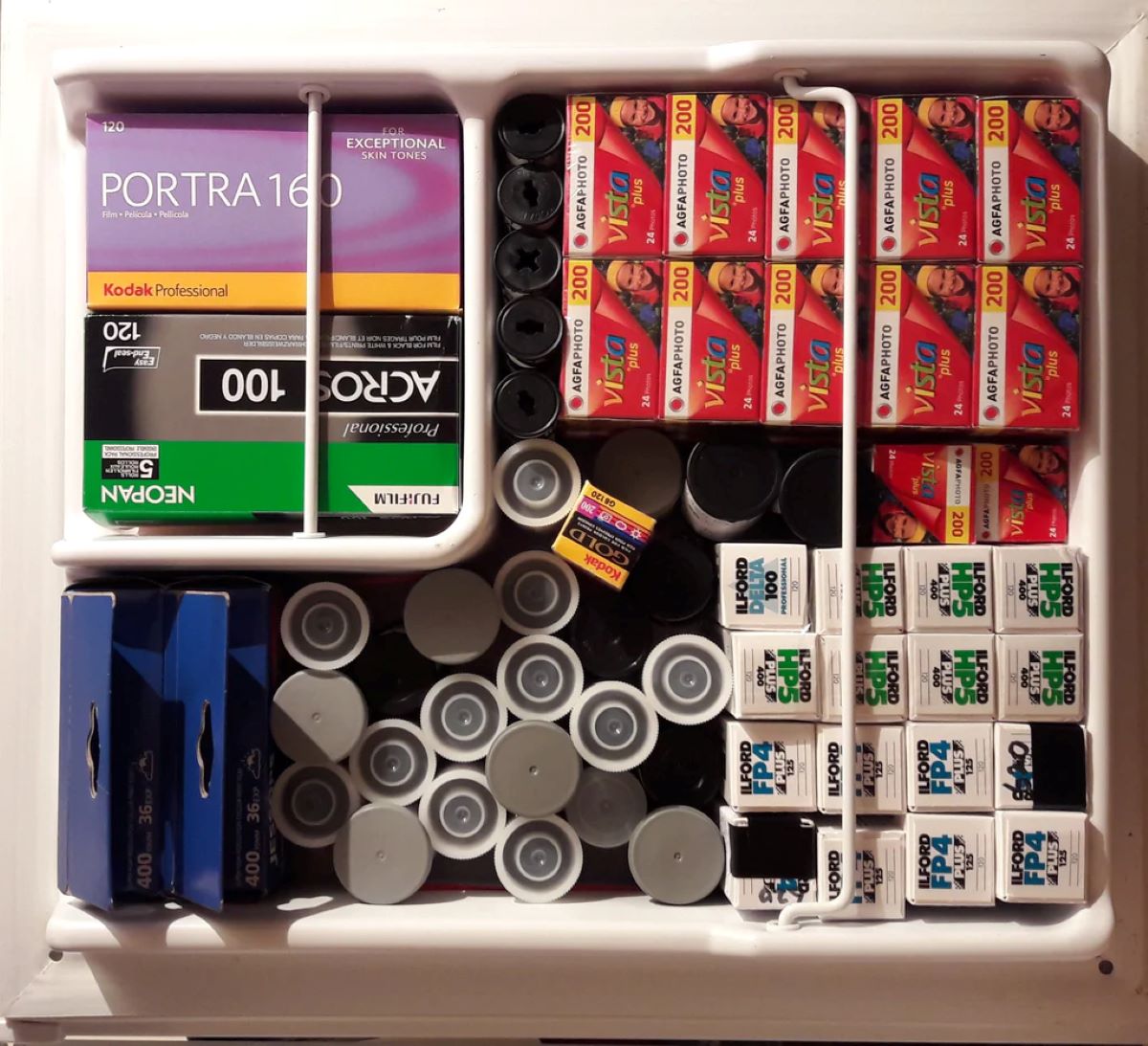


0 thoughts on “How To Store Hydrogen Peroxide”